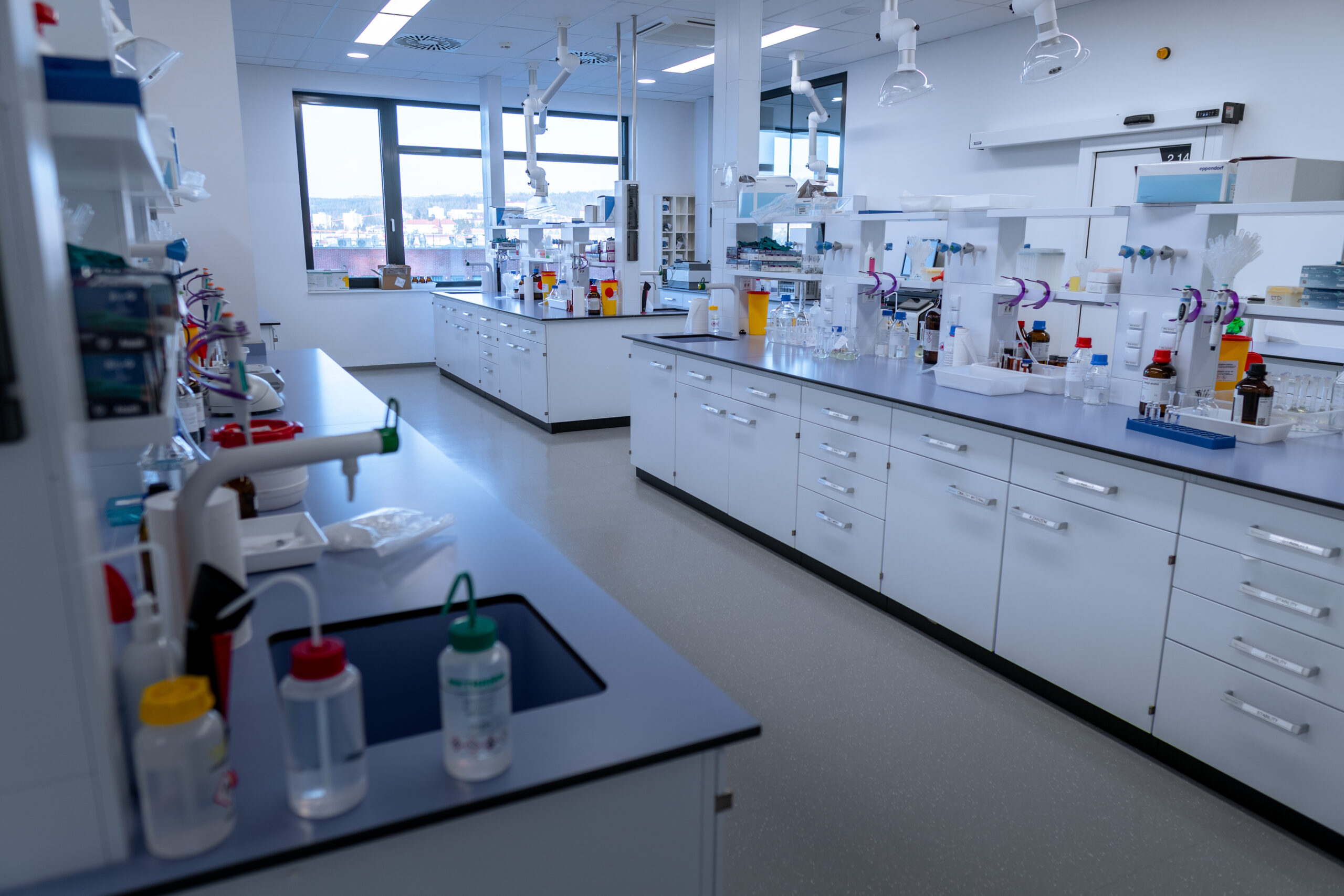Proactive Management with Industrial IoT and AI
In the evolving landscape of industrial technology, the integration of Internet of Things and AI has revolutionized how organizations approach equipment maintenance. Traditional reactive maintenance strategies, which address malfunctions after they occur, are increasingly being replaced by data-driven models that forecast issues before they disrupt operations. This transition not only minimizes downtime but also optimizes operational efficiency and prolongs the lifespan of mission-critical machinery.
Central of predictive maintenance is the implementation of IoT sensors that track live data such as temperature, pressure, and energy consumption. These sensors send streams of data to cloud-based platforms, where AI algorithms process patterns to detect irregularities. For example, a slight spike in engine temperature could signal upcoming bearing failure, allowing engineers to intervene before a severe breakdown occurs.
One of the key advantages of this methodology is reduced downtime. Studies indicate that unplanned downtime can cost up to half of their yearly maintenance-related expenditures, while predictive strategies can reduce these costs by 30% or more. Additionally, machine learning-driven systems continuously refine their precision by analyzing historical and real-world data, enabling businesses to adapt to changing conditions and demands.
However, implementing predictive maintenance solutions requires substantial investment technology. Organizations must guarantee consistent connectivity for IoT devices, protect sensitive information from security breaches, and upskill staff to interpret AI-generated insights. Additionally, the complexity of combining legacy systems with modern IoT and AI tools can pose operational hurdles.
Looking ahead, the adoption of edge computing is expected to enhance the capabilities of predictive maintenance. By processing data on-device rather than depending solely on centralized servers, edge-based systems can reduce latency and enable quicker responses in time-sensitive scenarios. If you have any kind of concerns concerning where and how you can use science.ut.ac.ir, you can call us at the web-site. Paired with innovations in 5G networks and digital twins, this approach will enable new levels of efficiency across sectors such as manufacturing, utilities, and transportation.
In conclusion, predictive maintenance embodies a transformative change in how businesses utilize data to streamline operations. As connected devices and AI become more sophisticated, the potential to predict and mitigate equipment failures will drive long-term growth and competitiveness in the technology-driven age.
